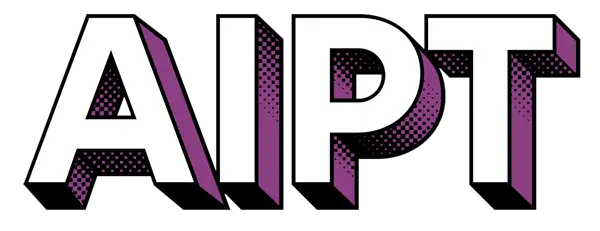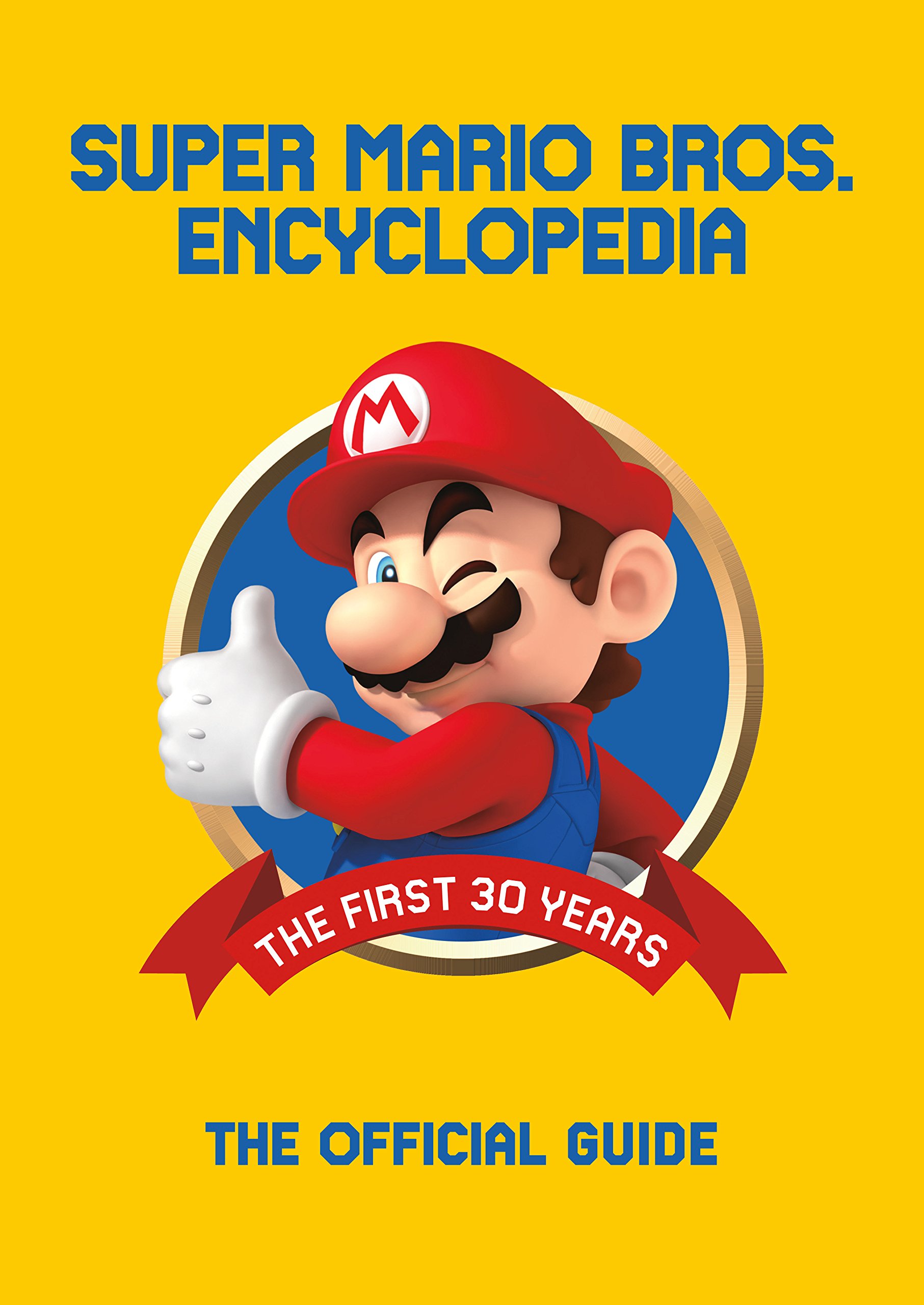2015 marked the 30th anniversary of the release of Nintendo’s industry shaping game, Super Mario Bros. for the Nintendo Entertainment System. Now, Nintendo has released an encyclopedia celebrating those thirty years with a trip through the history of the franchise, game by game, and several sections featuring extra trivia about Mario and his friends from the Mushroom Kingdom. Does the book provide a worthwhile exploration of Super Mario née Jumpman’s life?

The Super Mario Bros. Encyclopedia was released in Japan in 2015 so it would coincide with the 30th anniversary of the NES game and is finally reaching American audiences now via Dark Horse Comics. Because of the delay in translation, the book already feels a little dated, having been released before the announcement of the Nintendo Switch when Super Mario Maker was the most recent title in the Super Mario franchise. Nevertheless, the encyclopedia provides a thorough look at each of the 17 mainline games through Super Mario 3D World.
Each game gets its own featured section and is introduced with a table showing the box art, disk or cartridge, and even the cover of its instruction booklet. Every single level of every Super Mario game is listed with a brief blurb giving the reader a glimpse at what that level’s premise or gimmick was. This makes the book an excellent reference resource for readers looking to remember their favorite Super Mario levels or for readers who haven’t played certain games in the franchise but want to learn more about them. Each game’s chapter also opens with lists of major characters, enemies, and items which appear in the game with artwork representative of the characters’ appearance on box art or promotional material. Alongside being an excellent source of reference, seeing all the old artwork for the characters and enemies makes the book worth looking through at least once for fans of the franchise.

There is one important caveat to note when it comes to the translation work done on these pages of lists and blurbs. On October 23rd, the release date of the book, the twitter account for the Super Mario Wiki tweeted a thread showing multiple instances of enemy names being lifted from their Wiki page, citing examples that include one enemy who had no official name and was named on the Wiki page came by the Wiki’s own editor, not an officially published source by Nintendo. The thread goes on to highlight inconsistencies in the translation when it comes to naming conventions used to identify various enemies that all point to the names being lifted from the Wiki rather than emerging out of the translators credited in the book taking the Japanese names for the characters and localizing them into English themselves. One of the translators tweeted about the matter, saying he “referenced the wiki extensively.” The inclusion of these enemy names in this book essentially canonizes them as appearing in an officially licensed source from Nintendo and while there’s an argument to be made about the translation process and whether or not translators should use other writers’ work in order to legitimize a commonly accepted name for a character–as one of the translators claims was his intent–it boggles the mind to wonder why the no one from the Super Mario Wiki is credited for their work in the book without even an editor’s note mentioning the site being used as a resource. Even if one puts aside the ethical ramifications of this instance of what is highly likely to be plagiarism–intentional, well-meaning, or otherwise–the frankly sloppy mixture of localized English names here, Japanese names there, French names elsewhere makes the translation work lack cohesion, lowering the overall quality of the encyclopedia as a reliable resource.
One of the most interesting sections of the encyclopedia is actually it’s opening interview with general manager of Nintendo and game producer, Takashi Tezuka who worked on the original Super Mario Bros. alongside Shigeru Miyamoto. Not only does the interview add a little insight into the original Super Mario Bros., inception, but I also learned new trivia like the origin of the Koopa Paratroopa or why Mario climbs a beanstalk into the clouds. Outside of this interview, the encyclopedia offers disappointingly little behind-the-scenes trivia, but each game’s chapter does feature in-fiction lore from the games’ instruction booklets. I love revisiting bits of Mario lore that have been since seldom mentioned, if not forgotten, like how Princess Peach–often called Princess Toadstool in the older games–is the “daughter of the Mushroom King,” a character players have yet to meet.
Occasionally, there will be a break between the chapters featuring mainline games to discuss other areas of Mario’s history like spinoff games or remakes. These breaks are only a page or two long, leaving me wanting to learn a lot more about the games mentioned like Luigi’s Mansion or Super Mario Strikers. Though these titles aren’t in the main series of games the encyclopedia is covering, I wanted more than just a blurb about these titles and hope they are covered more in future releases. The book does include a list of all the appearances of Mario or his friends which was impressively exhausted, mentioning cameo appearances in games like Ocarina of Time and Metal Gear Solid.

Overall, the Super Mario Bros. Encyclopedia makes for an excellent resource material for revisiting the history of the franchise, excepting of course the material that appears to not be original to the book and was instead pulled from a fan-made Wiki with no credit given to anyone who contributed to that Wiki. Readers who haven’t played any of the featured titles will likely enjoy seeing all the artwork from the games and the thorough coverage of each title might entice readers to pick up an older game in the series. I wanted a lot more behind-the-scenes trivia or previously unreleased lore, but the book is so thorough a trip through Mario’s history that it feels greedy to ask for even more information. To satisfy that desire, one could always take a page from the book’s localization and editing team and find more information about those games elsewhere.
Join the AIPT Patreon
Want to take our relationship to the next level? Become a patron today to gain access to exclusive perks, such as:
- ❌ Remove all ads on the website
- 💬 Join our Discord community, where we chat about the latest news and releases from everything we cover on AIPT
- 📗 Access to our monthly book club
- 📦 Get a physical trade paperback shipped to you every month
- 💥 And more!














You must be logged in to post a comment.